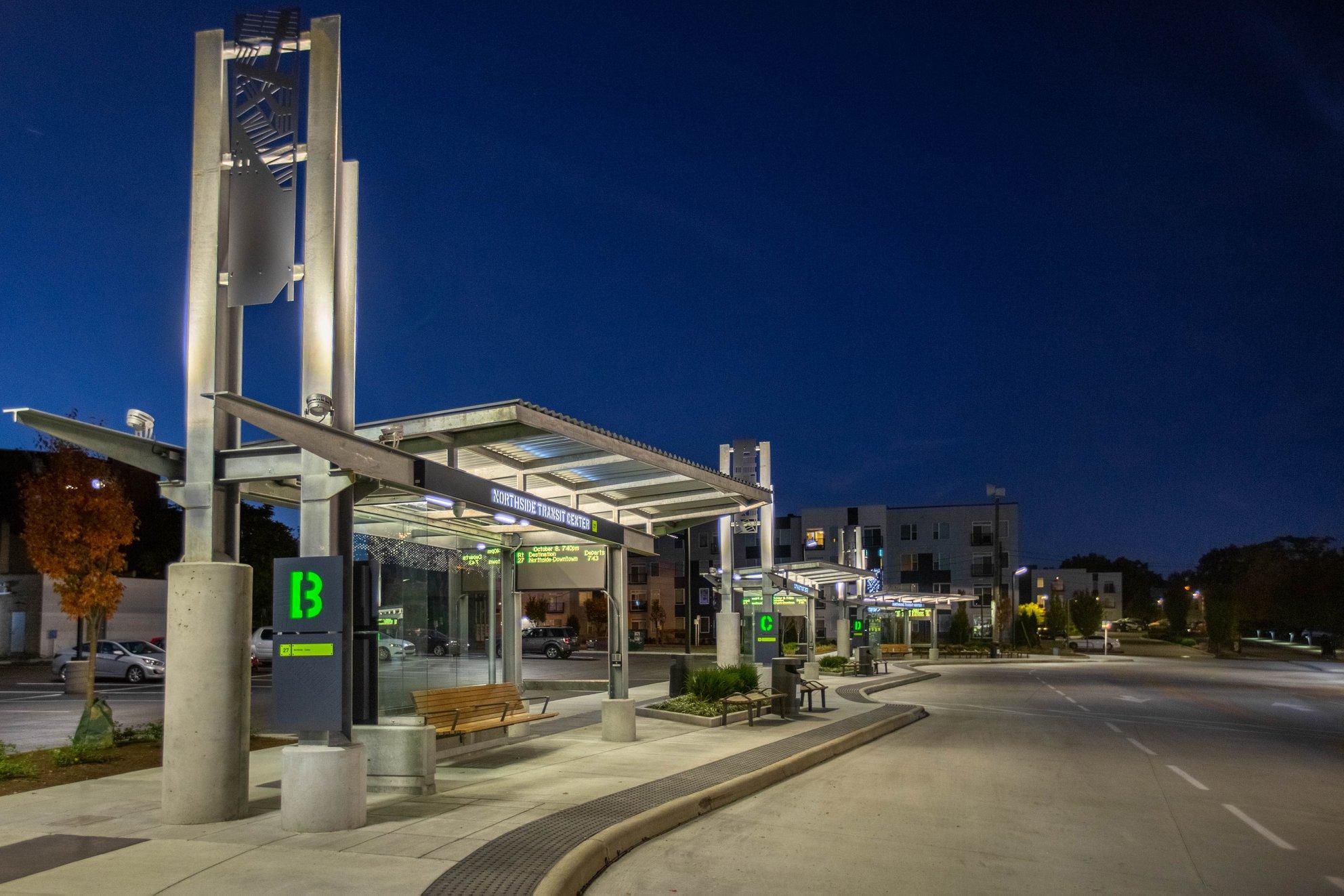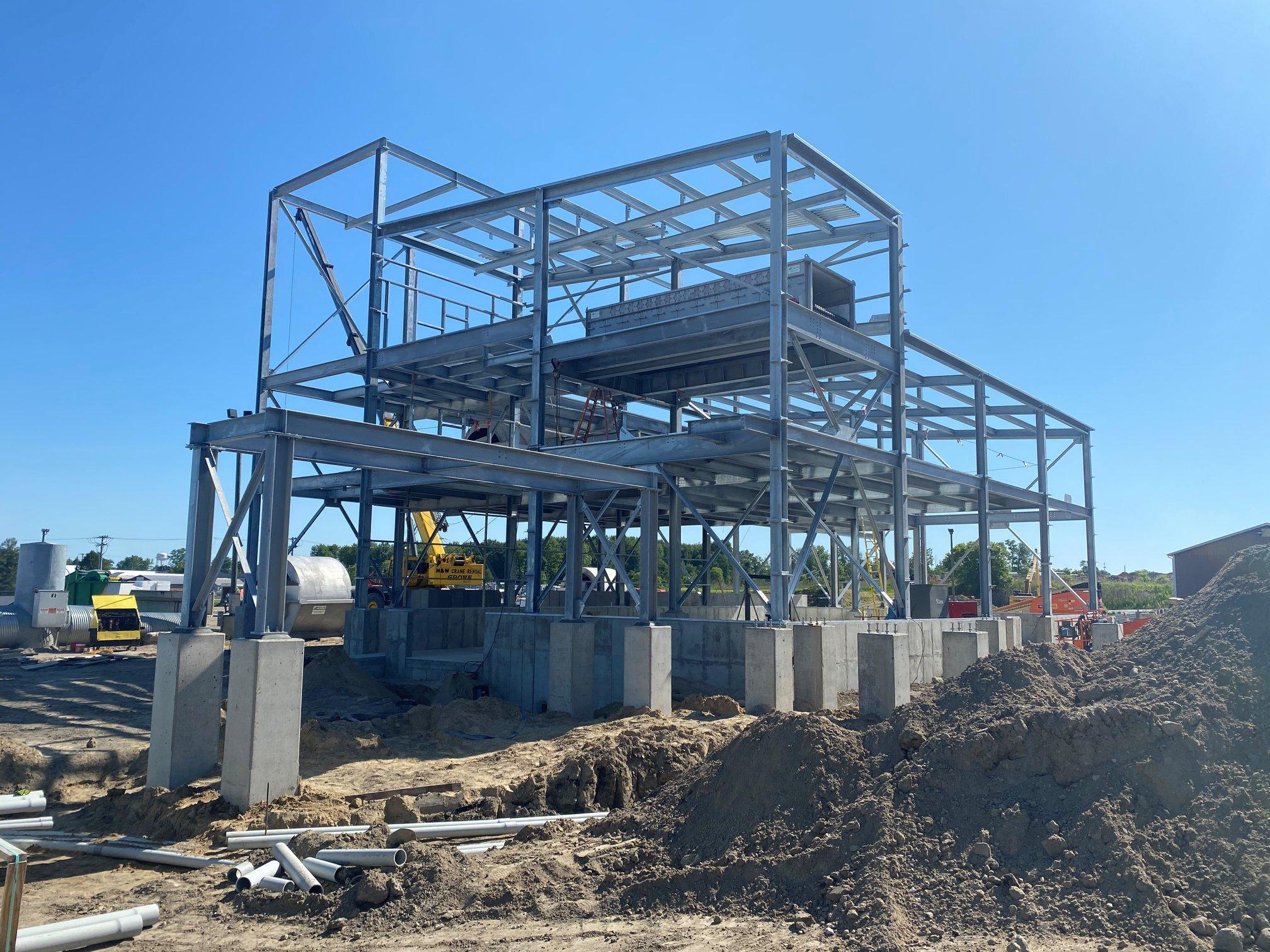This 2.5-acre ecologically-themed pier in Tribeca incorporates indigenous plants evocative of Manhattan’s ecosystem prior to human development. A short habitat walk leads visitors through five native ecological zones: woodland forest, coastal grassland, maritime scrub, rocky tidal zone, and of course the Hudson River.
As with other salt marshes, the Tide Deck was designed to flood regularly with the daily tidal cycle, giving its native plants and animals nourishment from the Hudson River. This one-of-a-kind ecosystem will be visible from above Pier 26 every day, but it will also be accessible to visitors during guided tours with Park staff. These features all happen to be in one of the most corrosive environments in North America. The marine environment combined with a populated urban environment mean that this pier has to be able to stand up to some harsh realities.
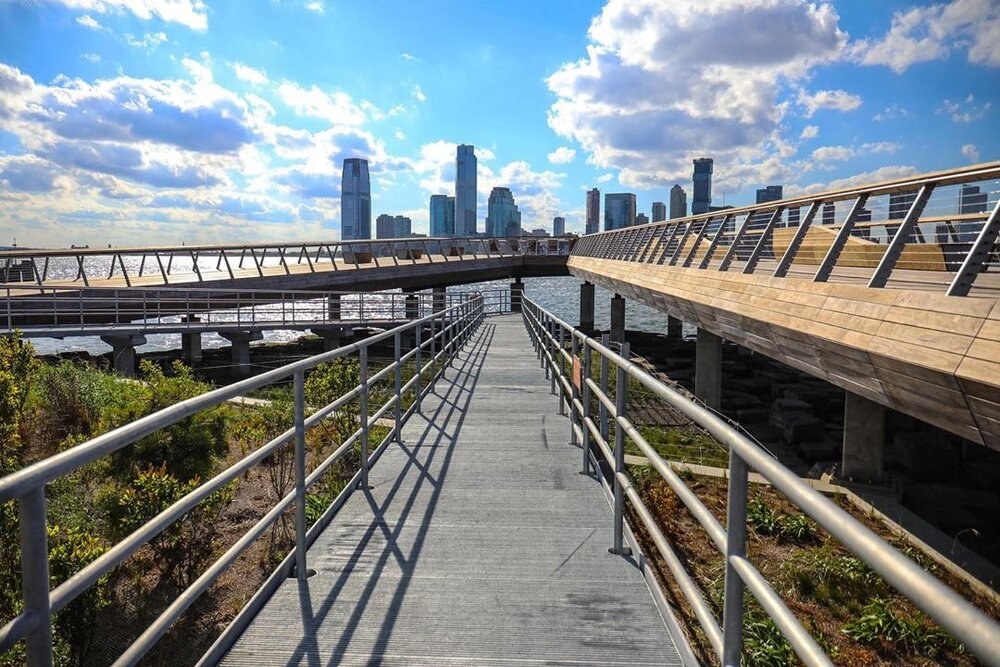
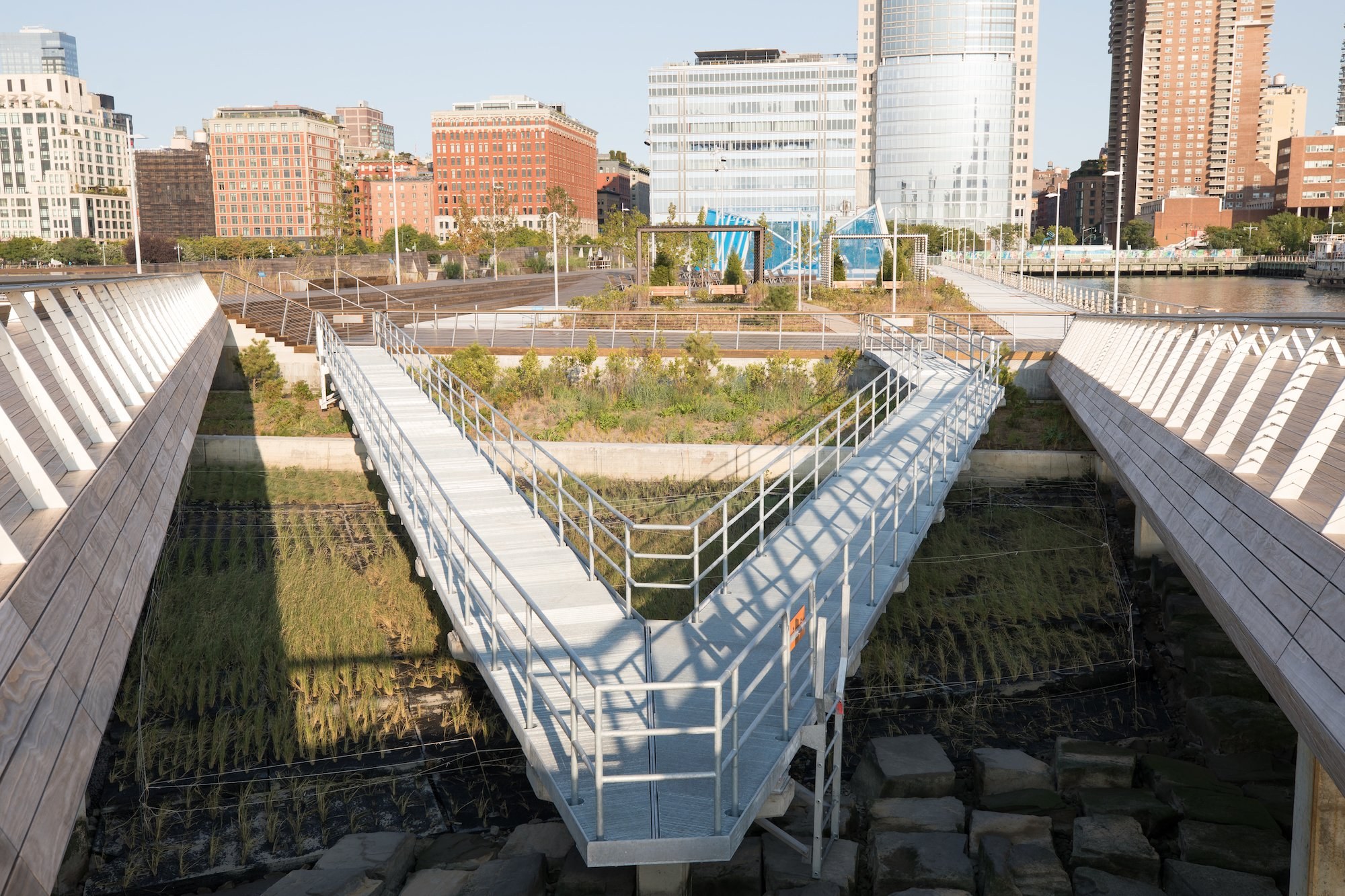
The Hudson River Estuary, a place where salt water and fresh water mix, experiences two high tides and two low tides every day. During high tide, the Tide Deck is submerged and filter feeders such as oysters and barnacles open their shells to feed on River plankton. Six hours later, at low tide, the Tide Deck is visible, and waterfowl such as mallard ducks take refuge from strong River currents. Different types of animals make use of the platform at different tide cycles. Hot-dip galvanizing was chosen to stand up to this tall task. The fabricator partnered with the galvanizer in order to assure the Hudson River Park Trust that the proper selection of materials would be critical to the success and longevity of the project. Several case studies were presented of similar projects in the same environments. The galvanized coating on all the access rails, supporting structures and access walkways will be able to protect this structure in its natural environment for decades to come.


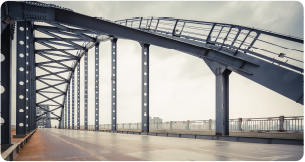


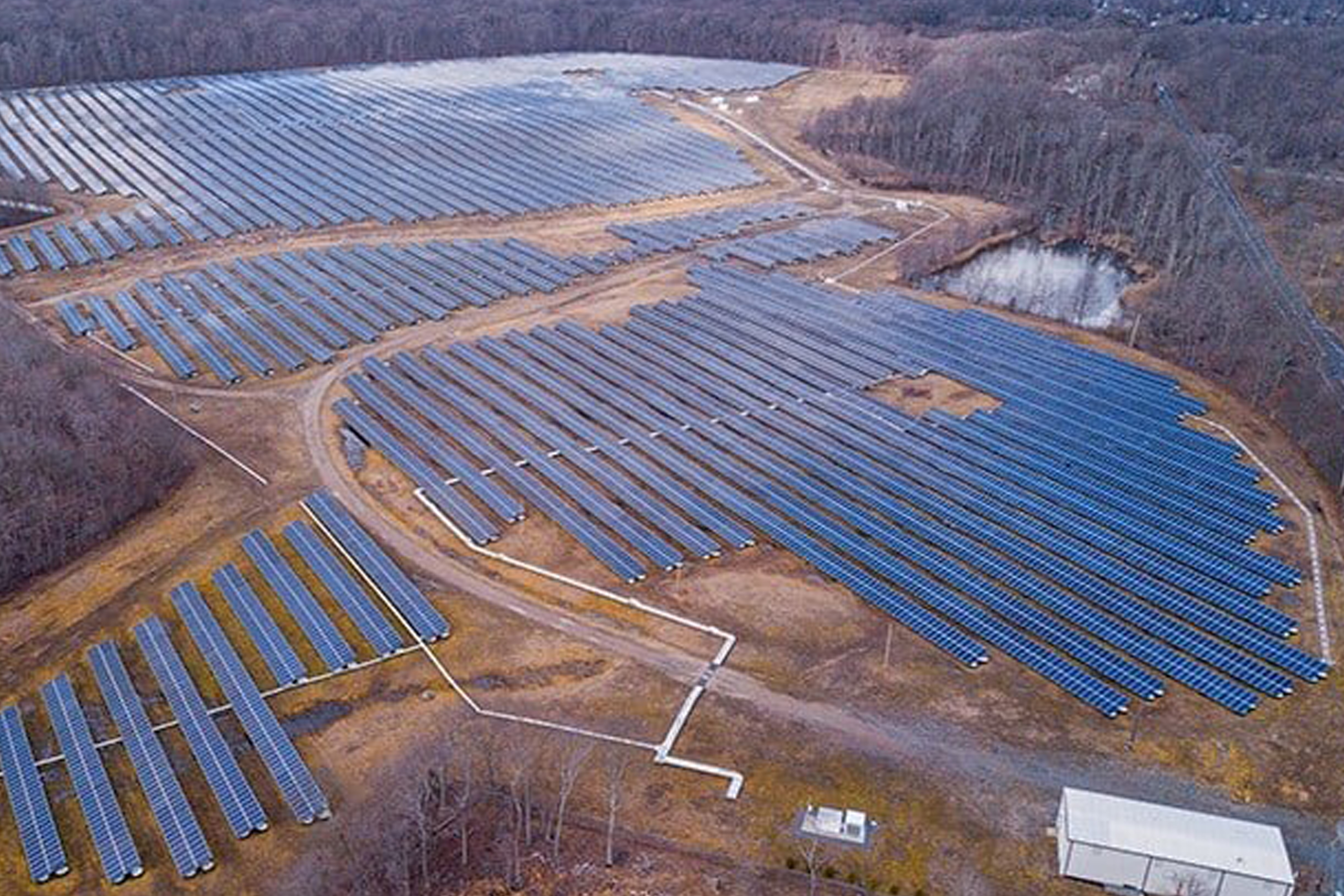
 SEE MORE
SEE MORE
